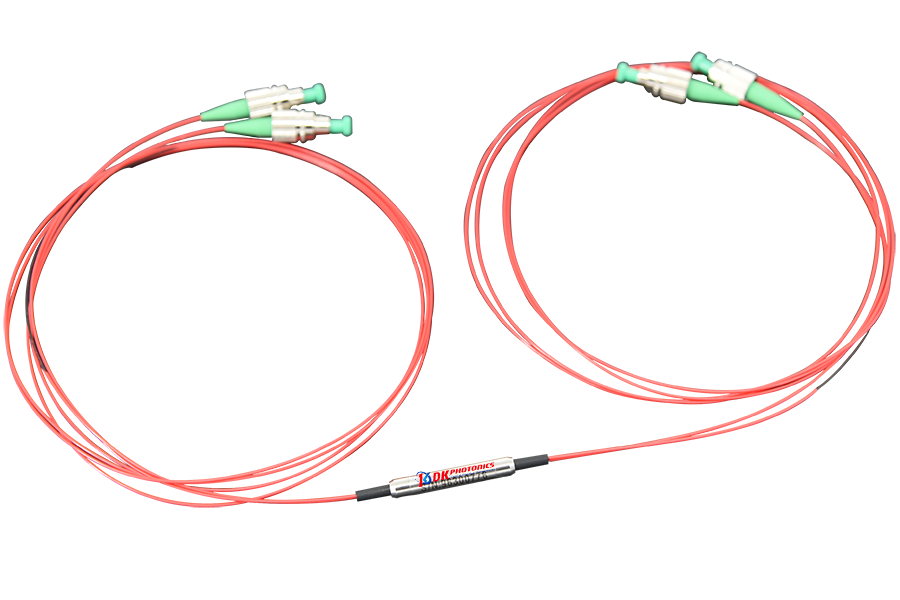In our highly connected world, we rely on strong optical networks to transfer massive amounts of data quickly.
As these networks grow more dense and complex, special components like polarization maintaining tap couplers play a crucial role.
This blog post will explain what these couplers are and how they support advanced optical systems.
What Are Polarization Maintaining Tap Couplers?
To understand polarization maintaining tap couplers, we first need to know a little about polarization in fiber optics. Polarization refers to the orientation of light waves traveling through an optical fiber. Ideally, this polarization should remain constant and not rotate or change.
However, imperfections in fibers and environmental factors can cause polarization shifts and signal degradation over long distances. This makes it harder to maintain clean data transmission.
Polarization maintaining tap couplers helps preserve polarization throughout the network. They are specialized branching devices that split an input light signal into two output branches while maintaining the same polarization in each branch.
Their unique design uses special optical materials and fibers that are not affected by bending, temperature fluctuations, or other outside influences that normally disrupt polarization.
Benefits of Polarization Maintaining Tap Couplers for Networks
Low Signal Loss
By preserving polarization, these couplers reduce signal loss and interference. This allows data to travel further without degrading.
Higher Data Rates
With cleaner signals, optical networks can support higher data transmission rates and bandwidth over their existing fiber infrastructure.
Scalability
As networks scale up with more nodes and connections, polarization-maintaining couplers prevent signal issues from compounding.
Applications Across Industries
While commonly used in telecommunications networks, these couplers also enable advanced uses in areas like:
- Remote sensor monitoring
- Aerospace and military systems
- Scientific and industrial lasers
- Medical imaging equipment
Two Main Design Types of Polarization Maintaining Tap Couplers
There are two primary design types of polarization maintaining tap couplers:
Fused Fiber Couplers
These use precisely twisted and tapered fibers that are fused together to split the light signal into the output branches.
Planar Lightwave Circuit (PLC) Couplers
PLC couplers are fabricated on a silicon chip, allowing for high-density integration. The light interacts with waveguides etched into the chip to split the signal.
Both fiber and PLC couplers are widely used, depending on the specific requirements of the optical network.
Easy Integration of Polarization-Maintaining Tap Couplers
One of the best things about polarization-maintaining tap couplers is how easy they are to integrate into existing and new optical systems. Their compact design means they can be spliced directly in line with the main fiber runs using straightforward procedures.
Conclusion
While their name may seem complex, polarization-maintaining tap couplers are vital components that play an important role in high-speed optical communications. By maintaining constant polarization, these special branching devices ensure signals remain clear and uncorrupted.
From telecommunications to aerospace, any industry that relies on modern optical networks can benefit from the superior signal quality delivered by polarization-maintaining tap couplers.


Leave A Comment